- Antipasti
- Bella Italia
- Dessert
- Drinks
- Favorite Italian recipes
- Main courses
- Pasta
- Pizza
- Side dishes and salad
- Tips & Knowledge
Pasta school 17: Make your own cavatelli
In the Molisian capital of Campobasso, cavatelli are an important part of the culinary culture and are traditionally served on January 17, the day of St. Anthony Abate (= Anthony the Great).
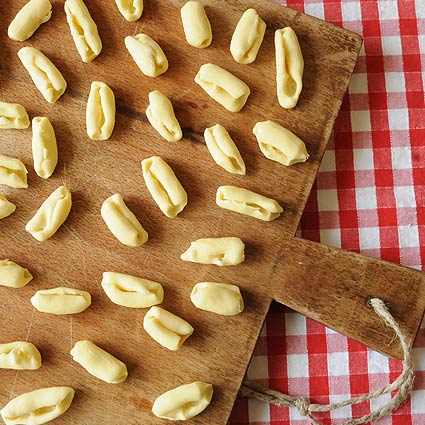
Table of contents
Cavatelli pasta mold
This is the last lesson of our pasta school for the time being. In the past 16 lessons, you have been able to get to know and prepare many types of pasta, many with pasta dough without egg (including croxetti, farfalle and gnocchetti sardi), but also some egg pasta(tagliatelle, tortellini and garganelli). The last shape makes it easy once again: we make cavatelli. This pasta shape originates from the Molise region, but it is also quite common in neighboring Puglia. There it is also known as capunti.
Recipes for cavatelli
The cavatelli themselves are made from pasta dough without eggs. All you need is durum wheat semolina and water. We have used Caputo durum wheat flour for our pasta school.
In Molise, cavatelli are often served with pork sauces or other meat sauces. However, the combination with broccoli, stem cabbage and the mushroom brown herb side dish ( cardoncelli in Italian) is also very popular.
In the Molise capital of Campobasso, cavatelli are an important part of the culinary culture and are traditionally served on 17 January, the day of St. Anthony the Great.
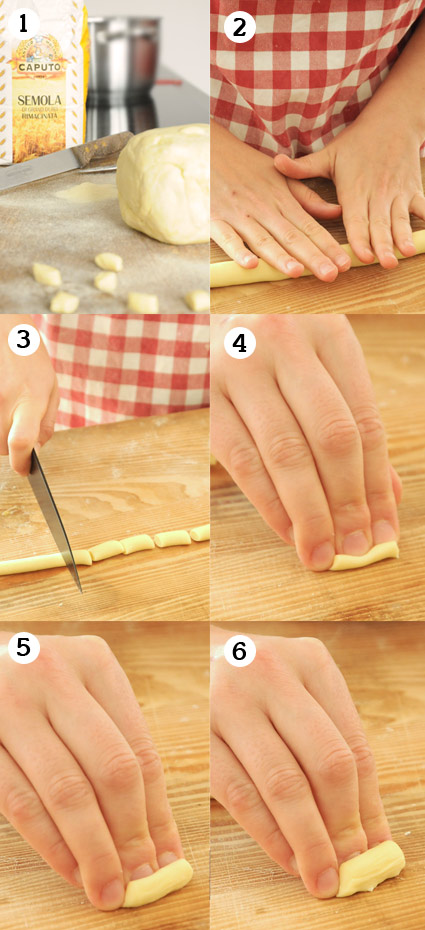
Make your own cavatelli
Make your own cavatelli
One advantage of making cavatelli yourself is that you don’t need any special tools. They are shaped in a similar way to orecchiette and are also called orecchie di prete (=priest’s ears). Unlike orecchiette, however, they are not formed with a knife, but simply with your fingers.
To prepare the dough, mix 100 g durum wheat flour with 50 ml water per person and knead the dough until it forms a smooth ball. The mixture may seem very crumbly at first, but as you knead it, all the crumbs will gradually come together to form a dough. Then wrap the dough ball in cling film and leave it to rest in the fridge for approx. 1 hour.
Take a chicken egg-sized piece of the dough ball and shape it into a roll with a thickness of 5-8 mm (image 2). Cut this into sections of about 3 cm (image 3). Then, using your index and middle finger (you can also use your ring finger), pull the dough towards you by pressing on the long side of the work surface (image 4-6) so that the dough curves slightly around your fingertips. Done. Unlike orecchiette, cavatelli are not turned over.

Homemade cavatelli
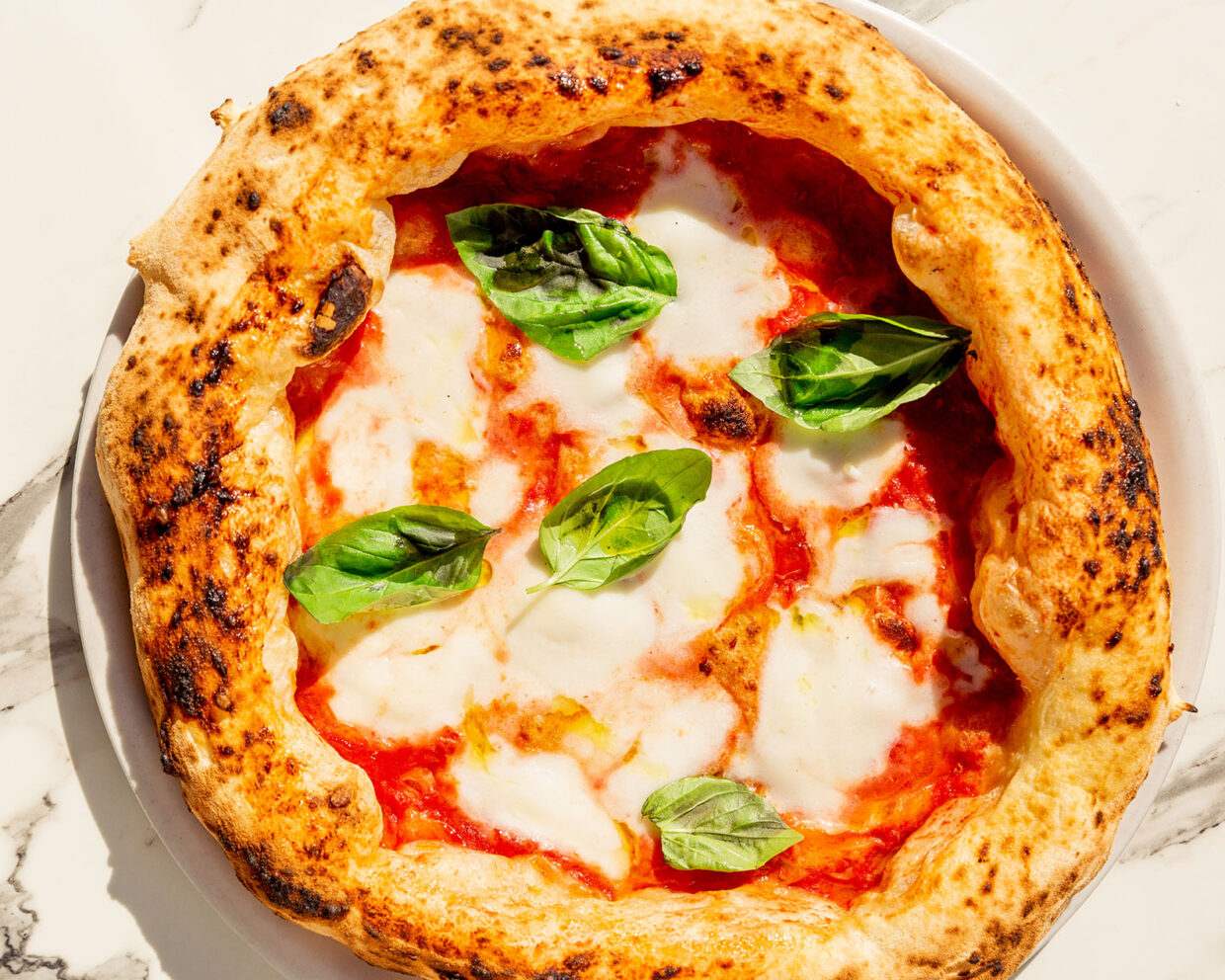
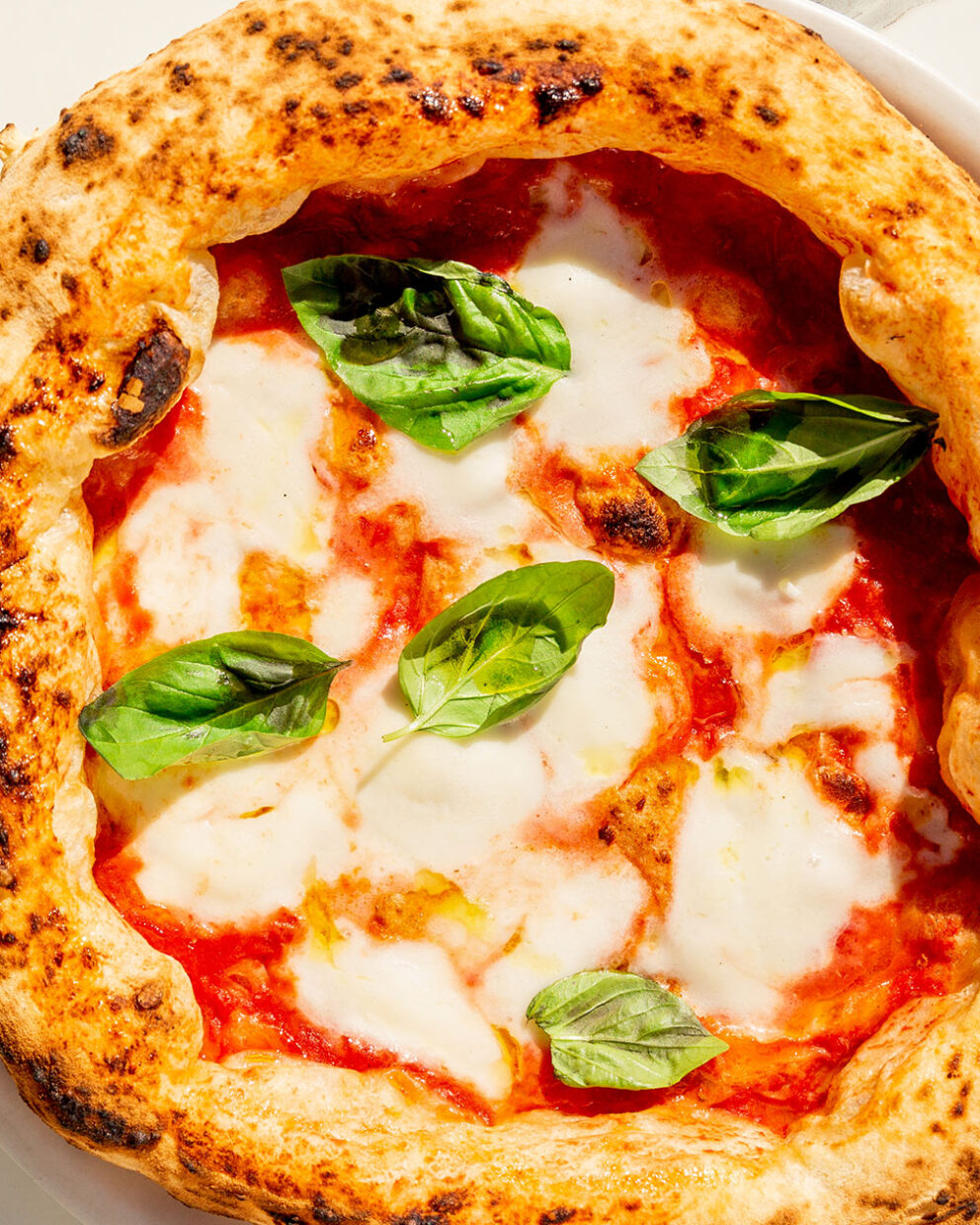
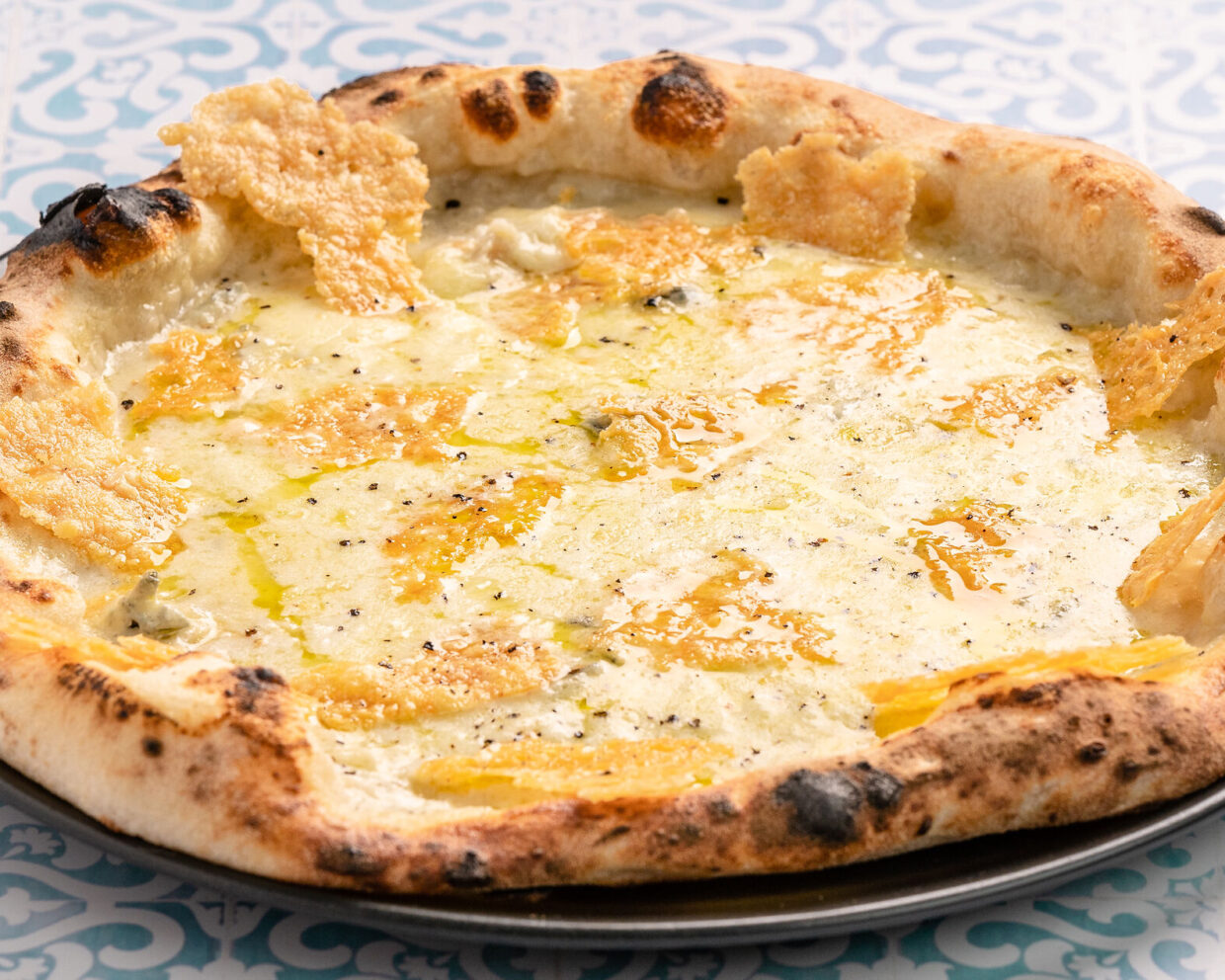
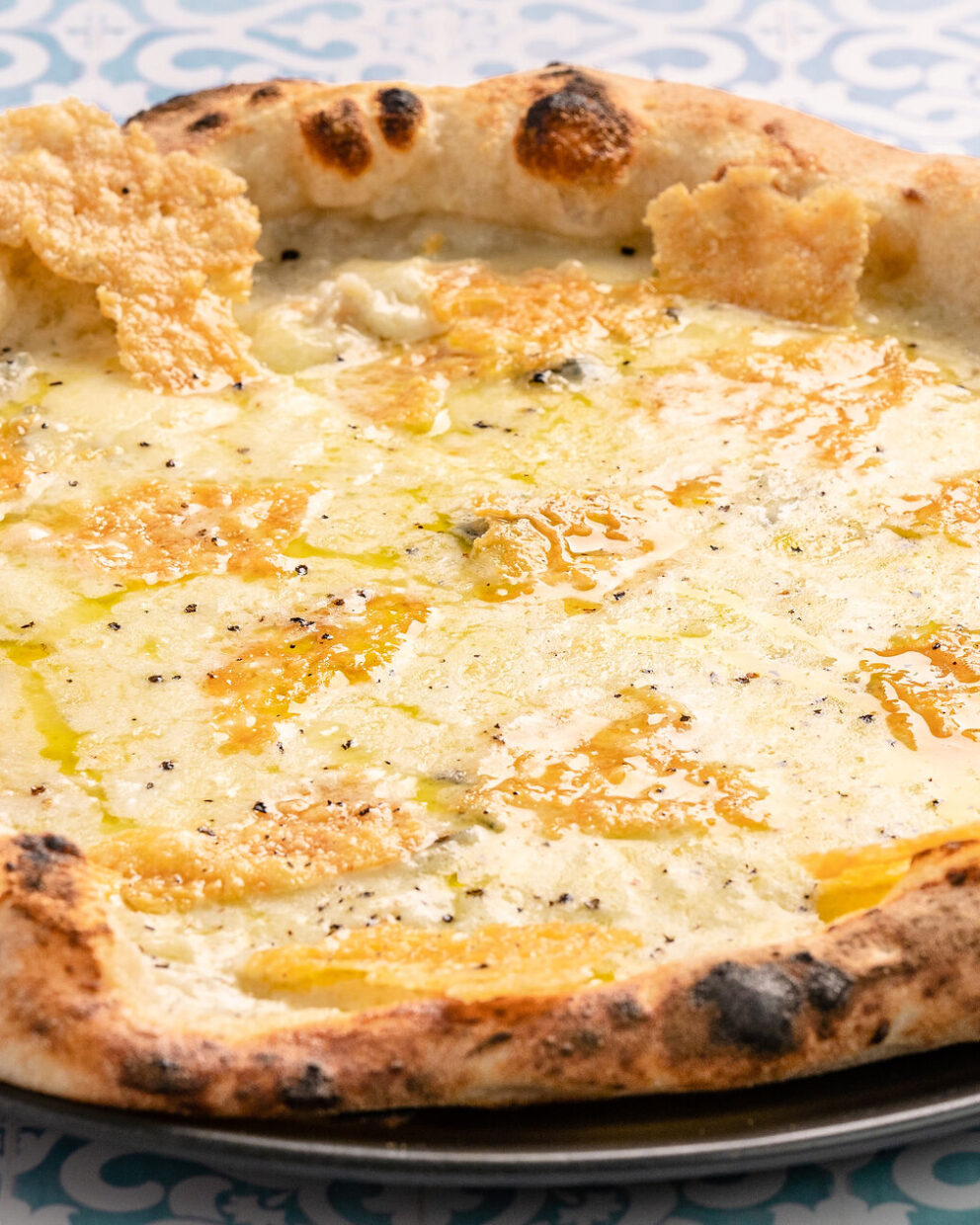


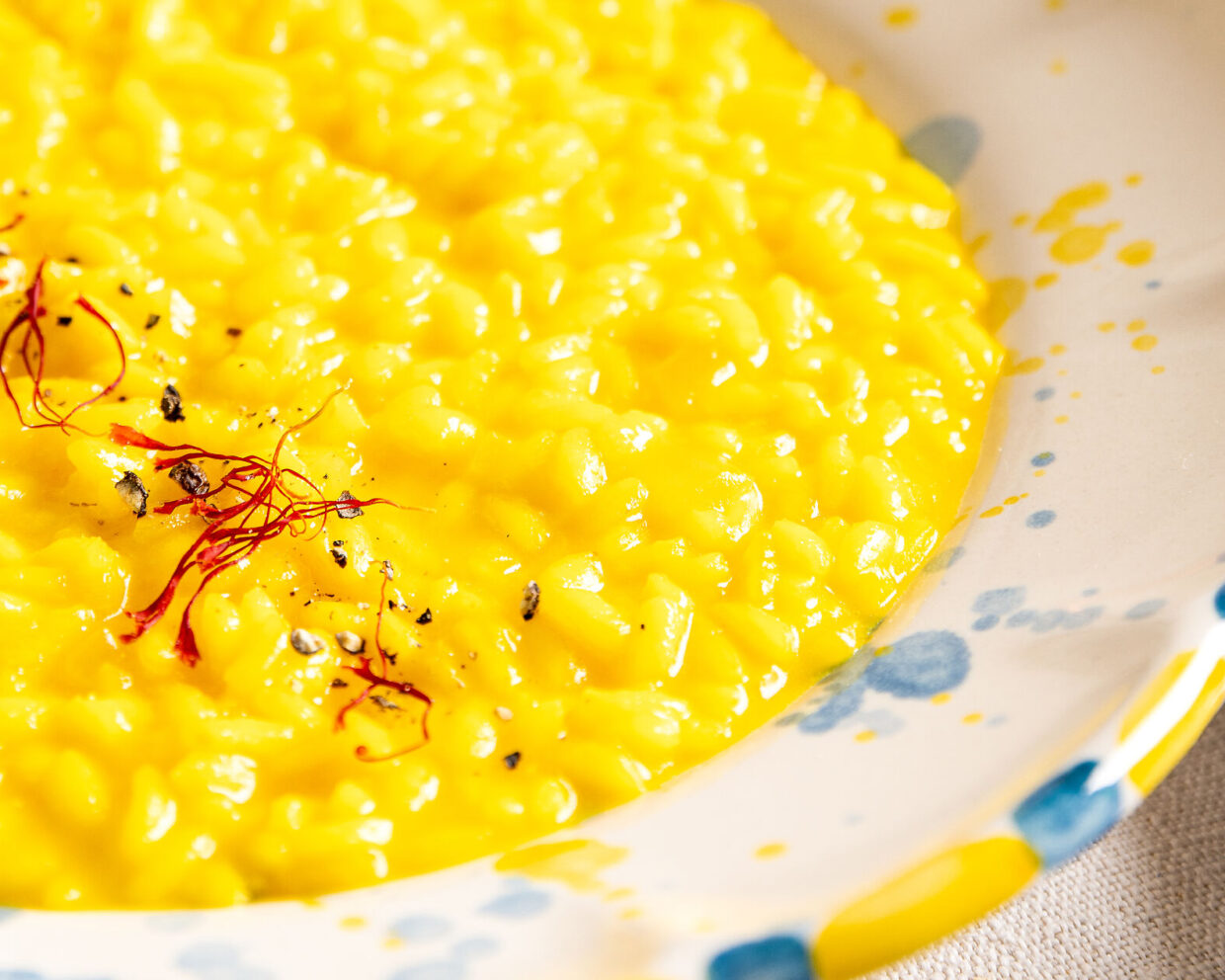
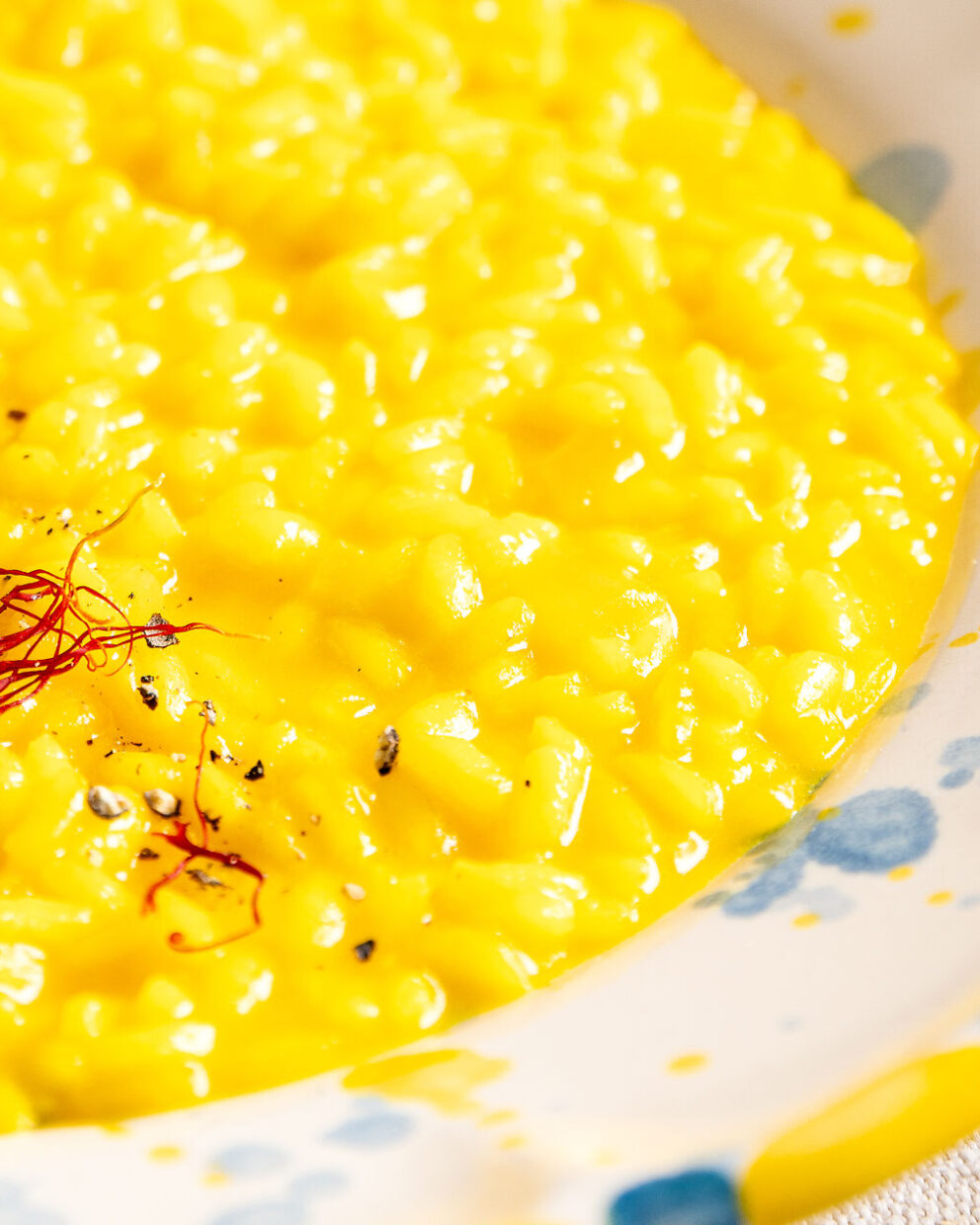
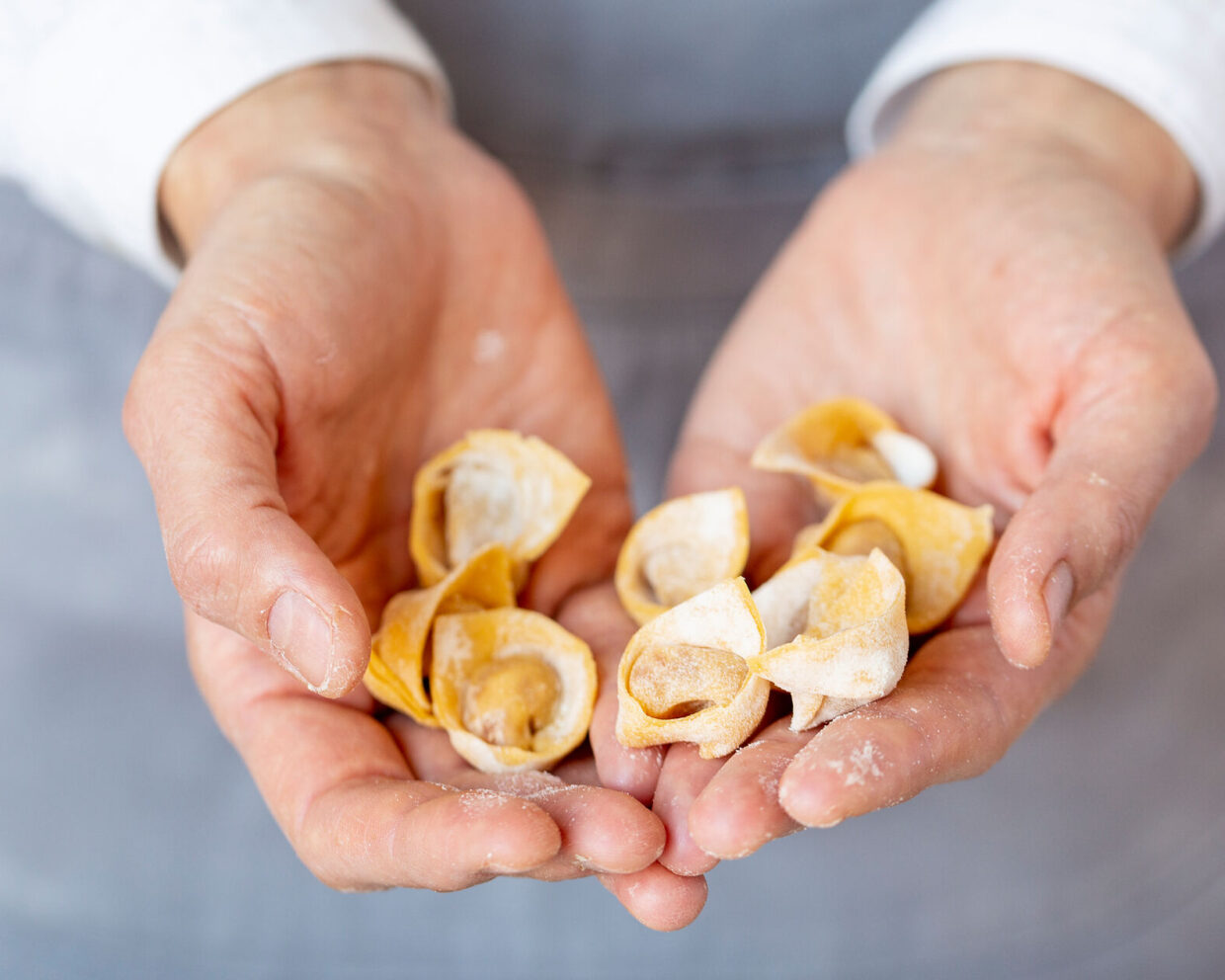
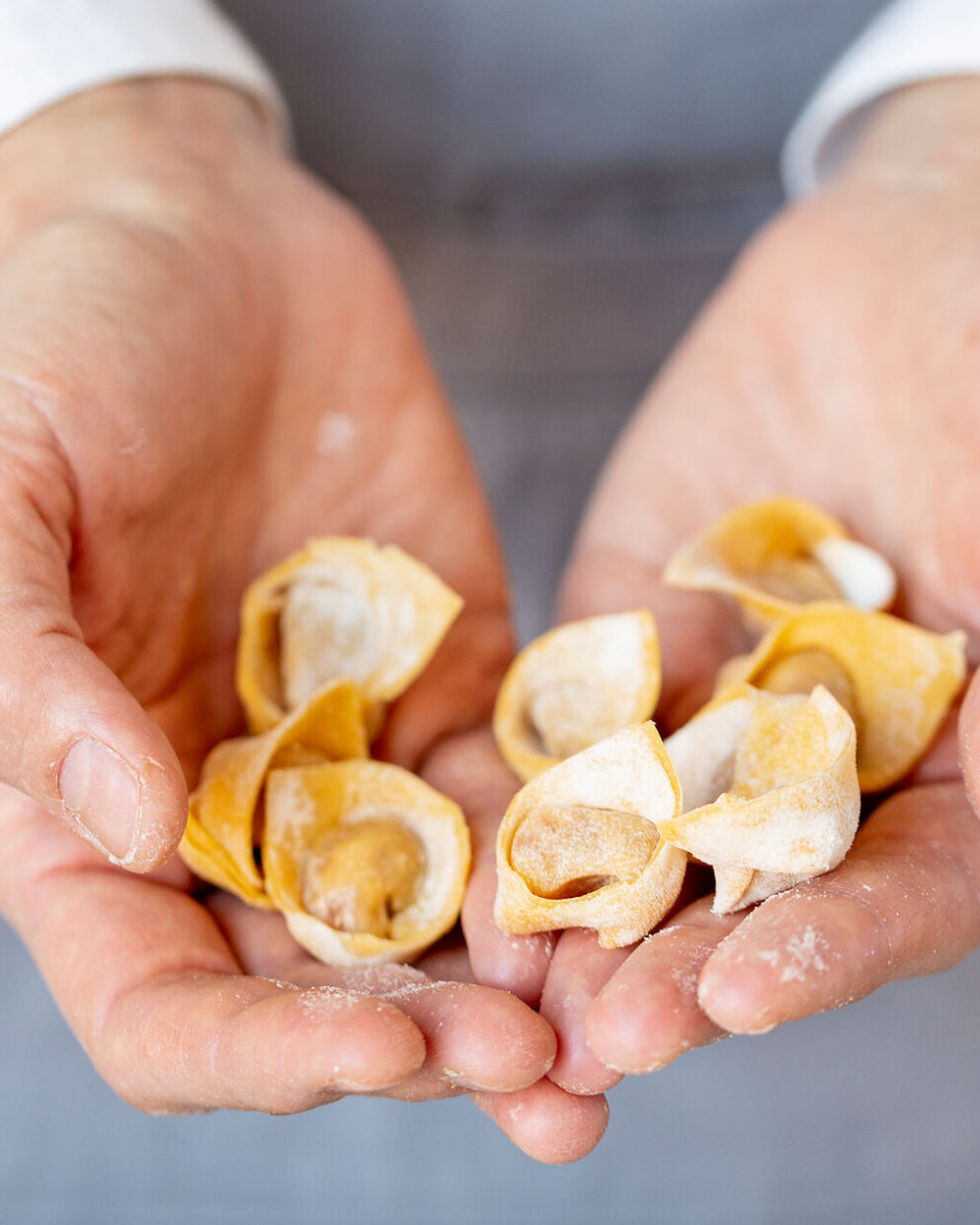
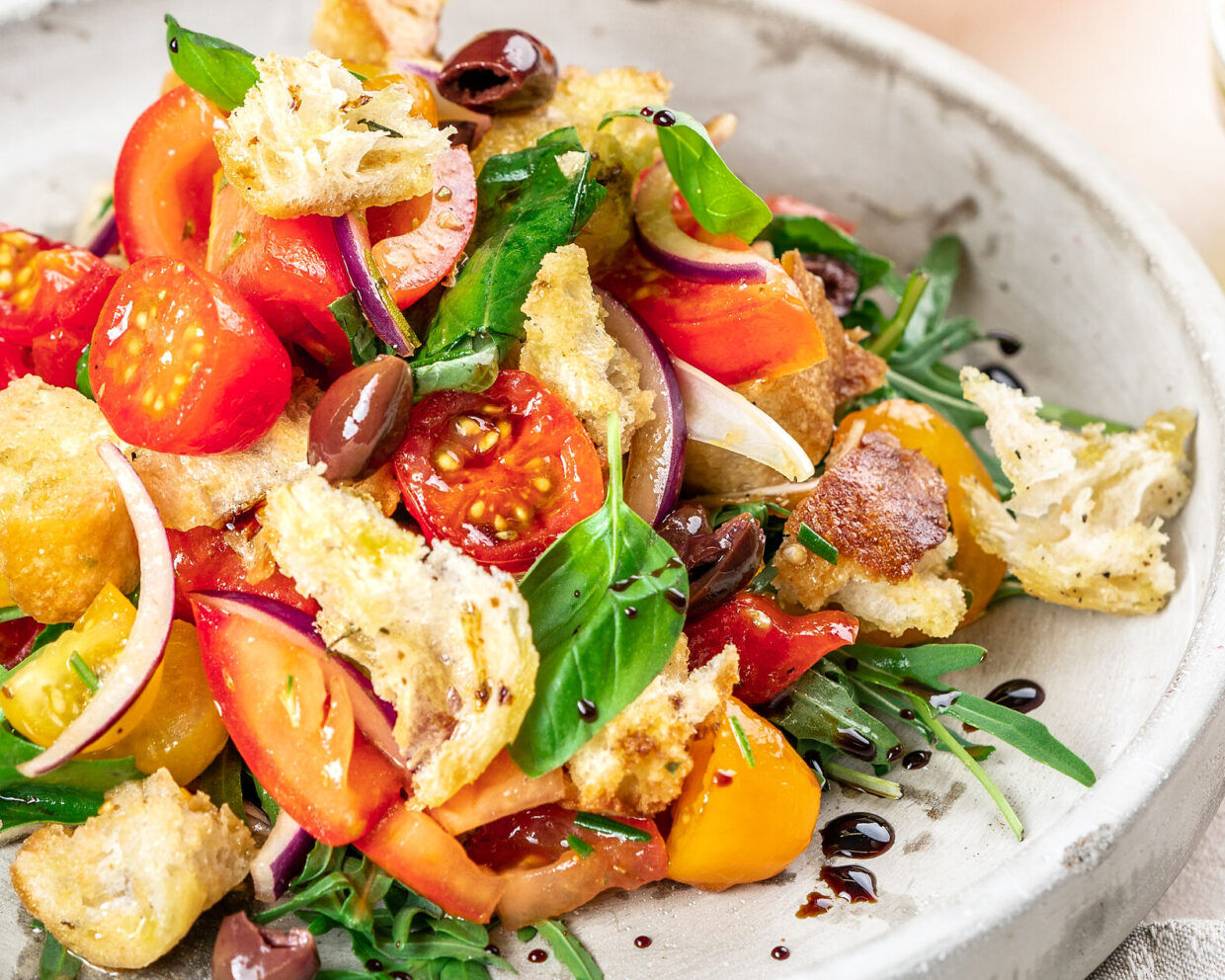
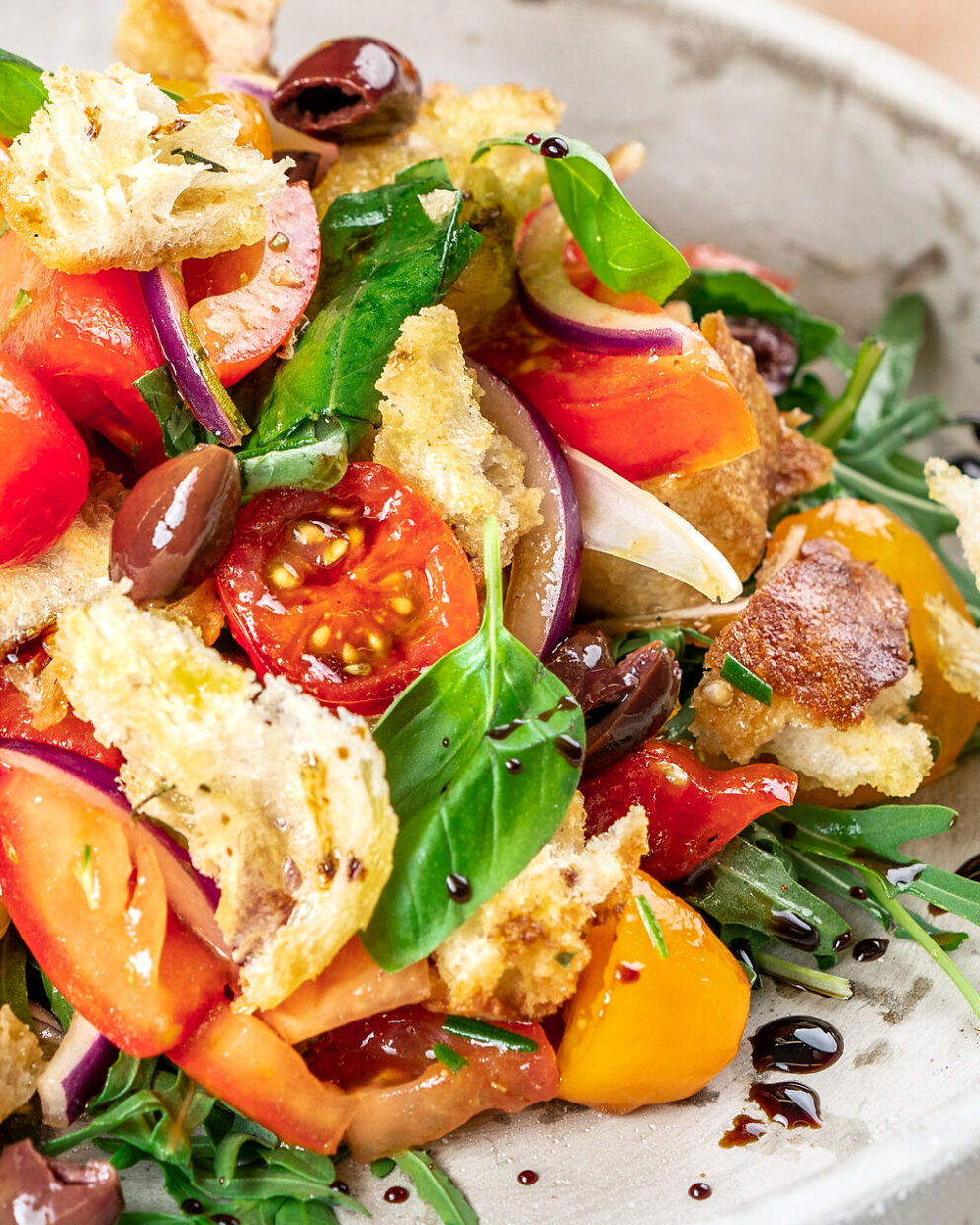
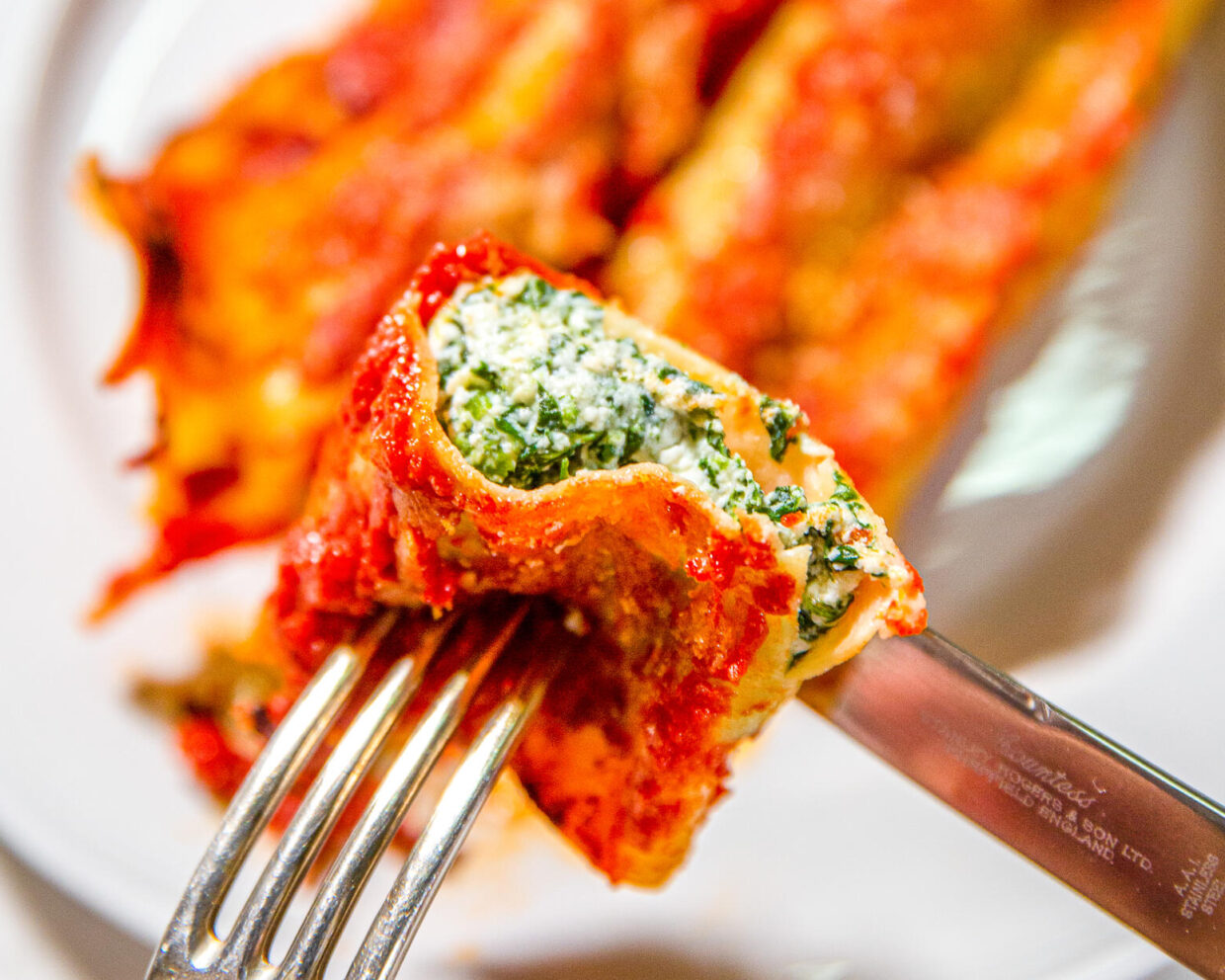
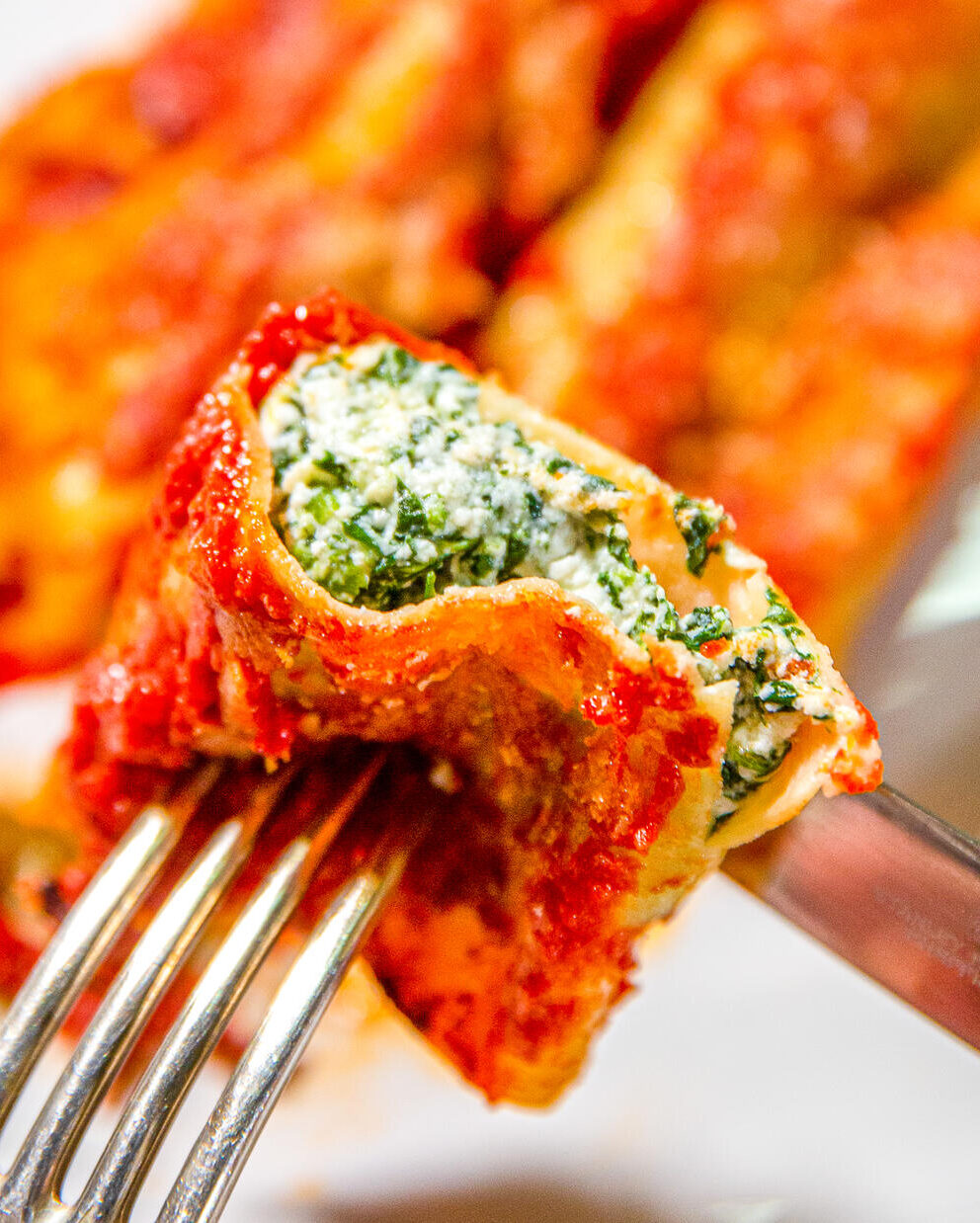
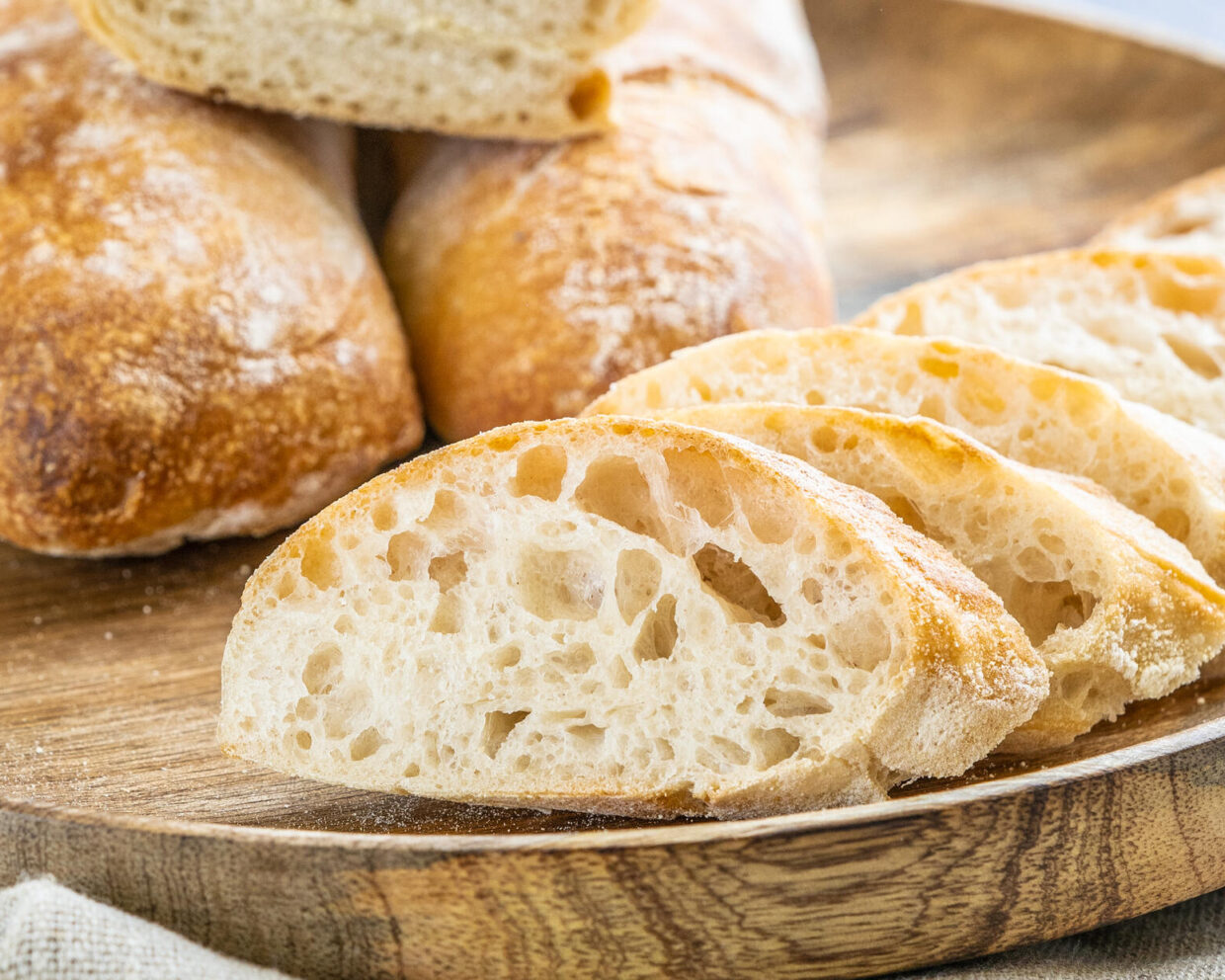
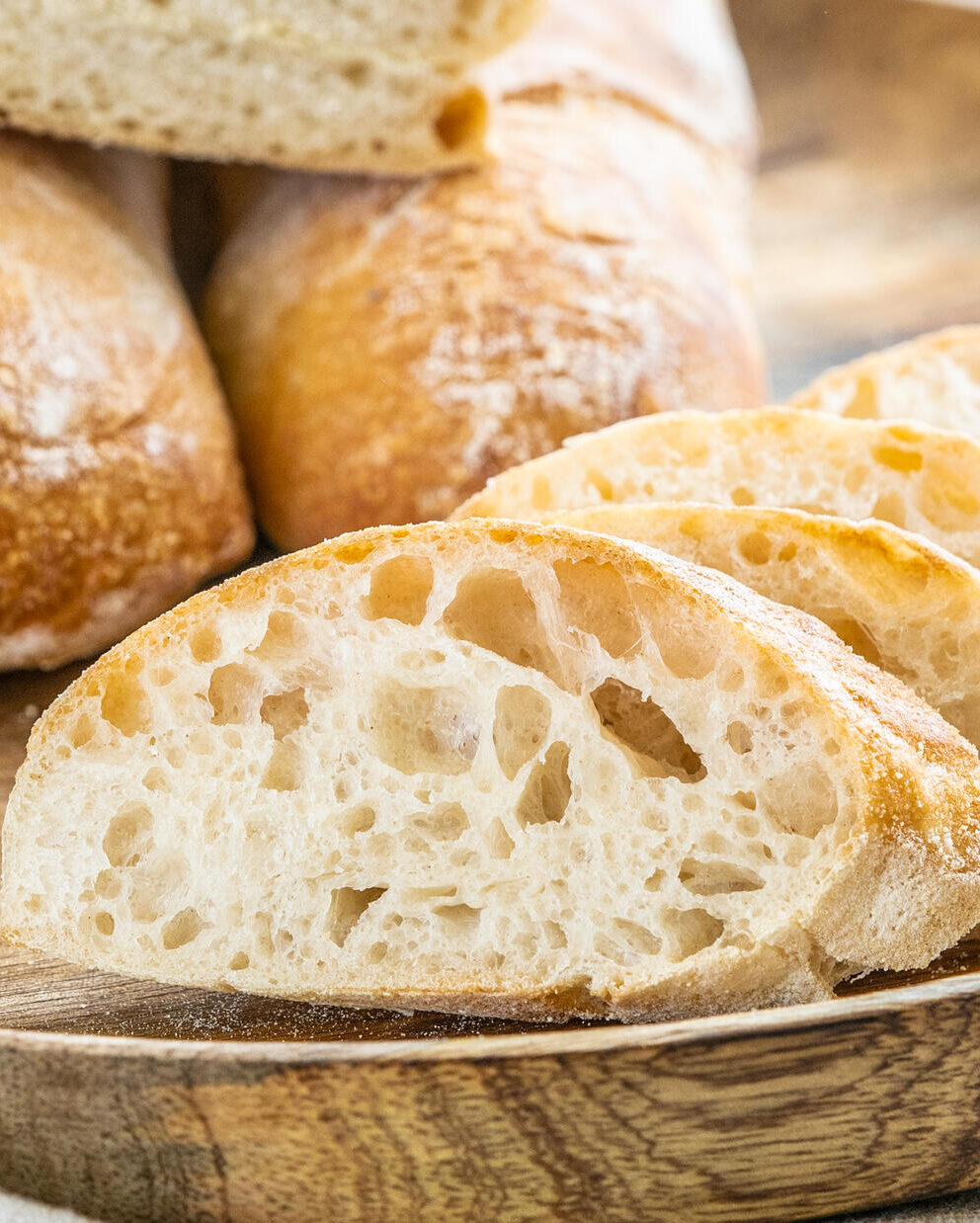
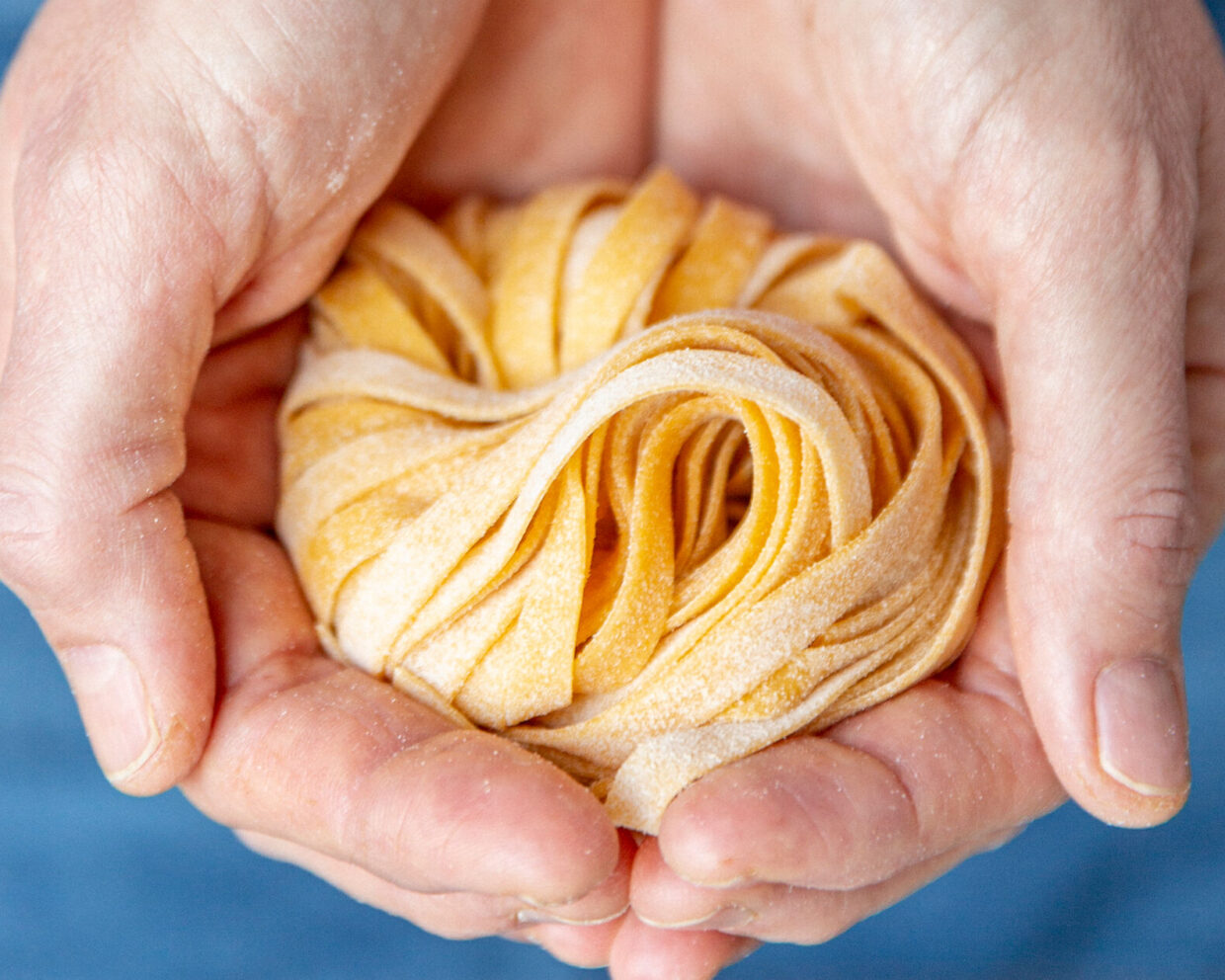
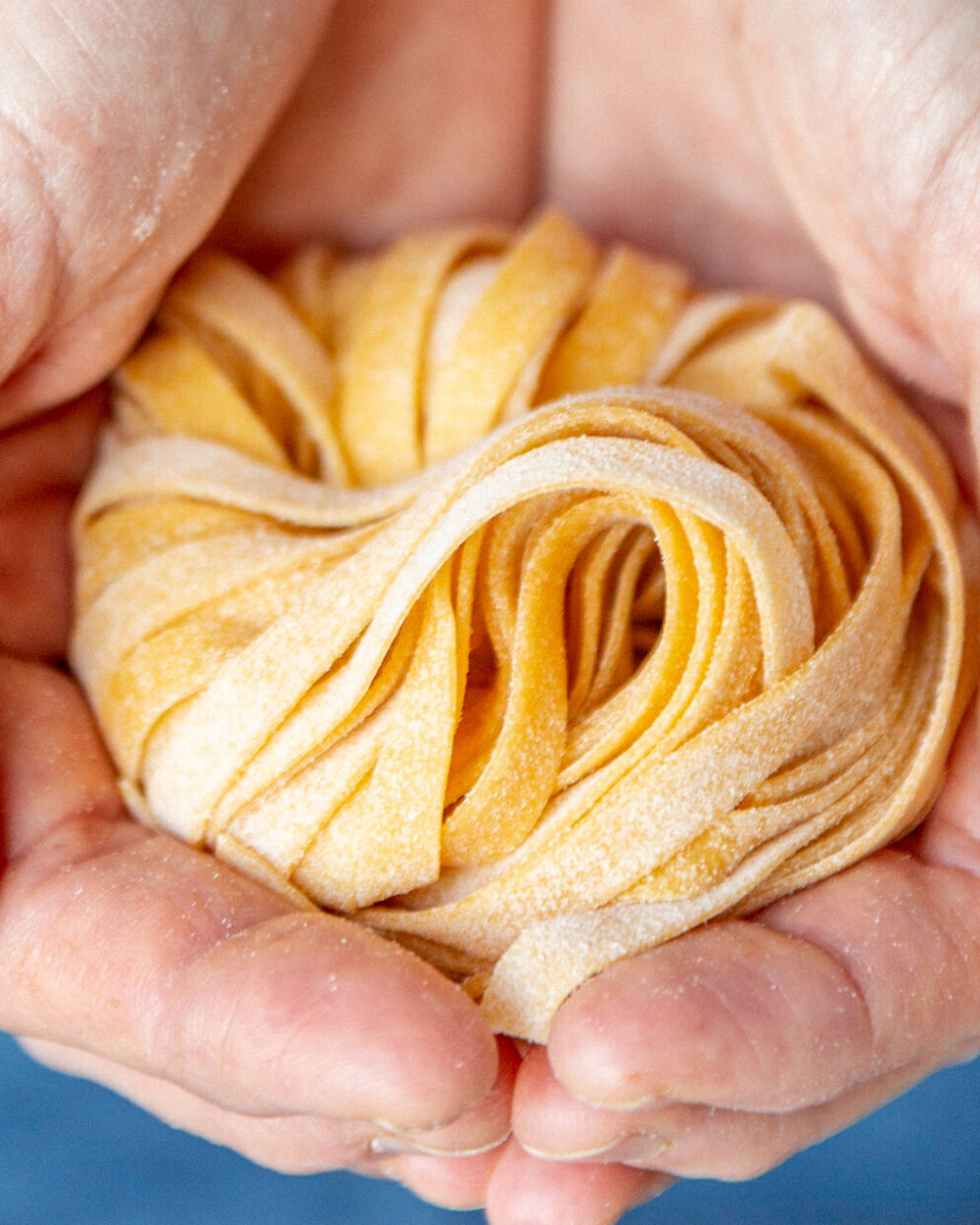
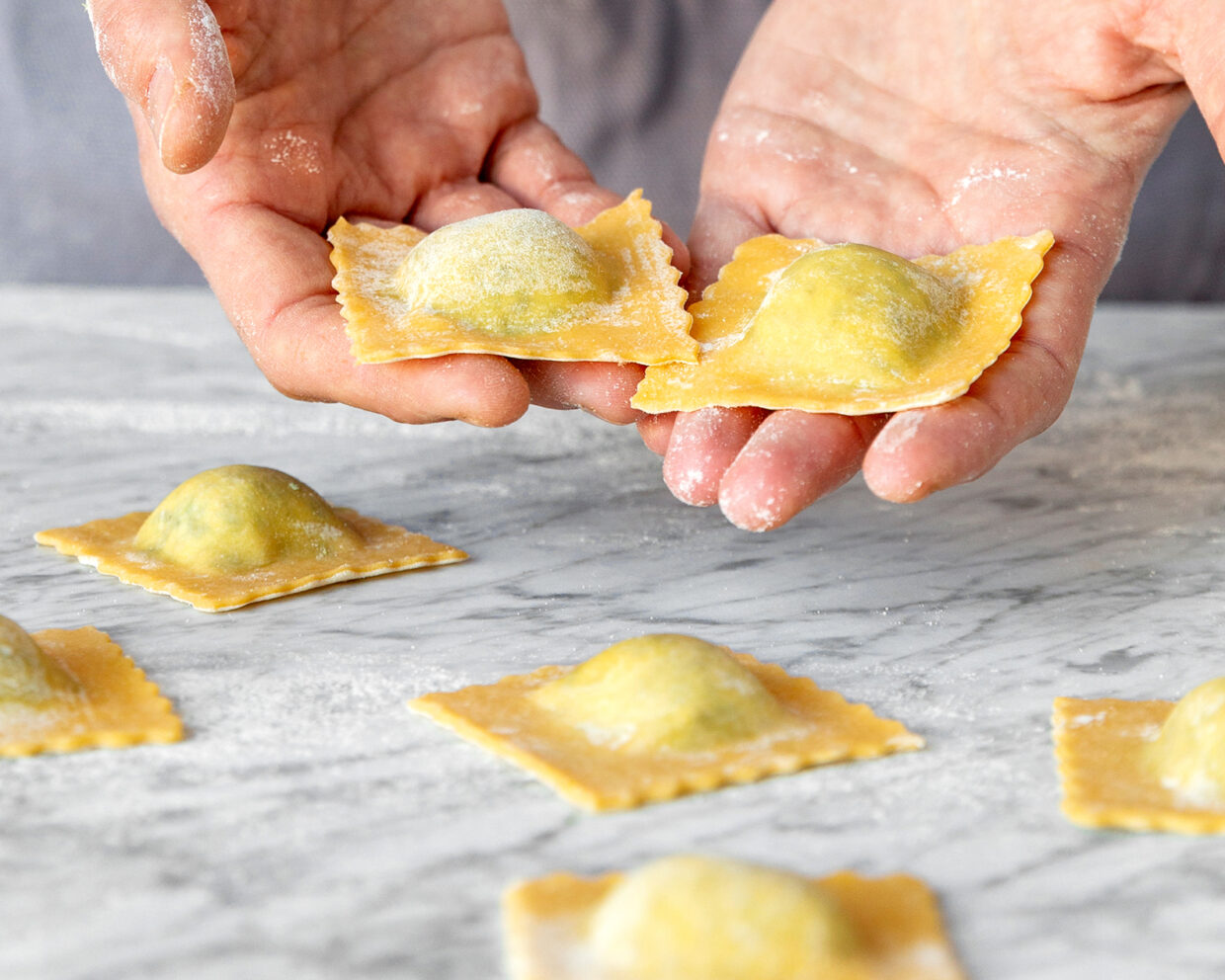
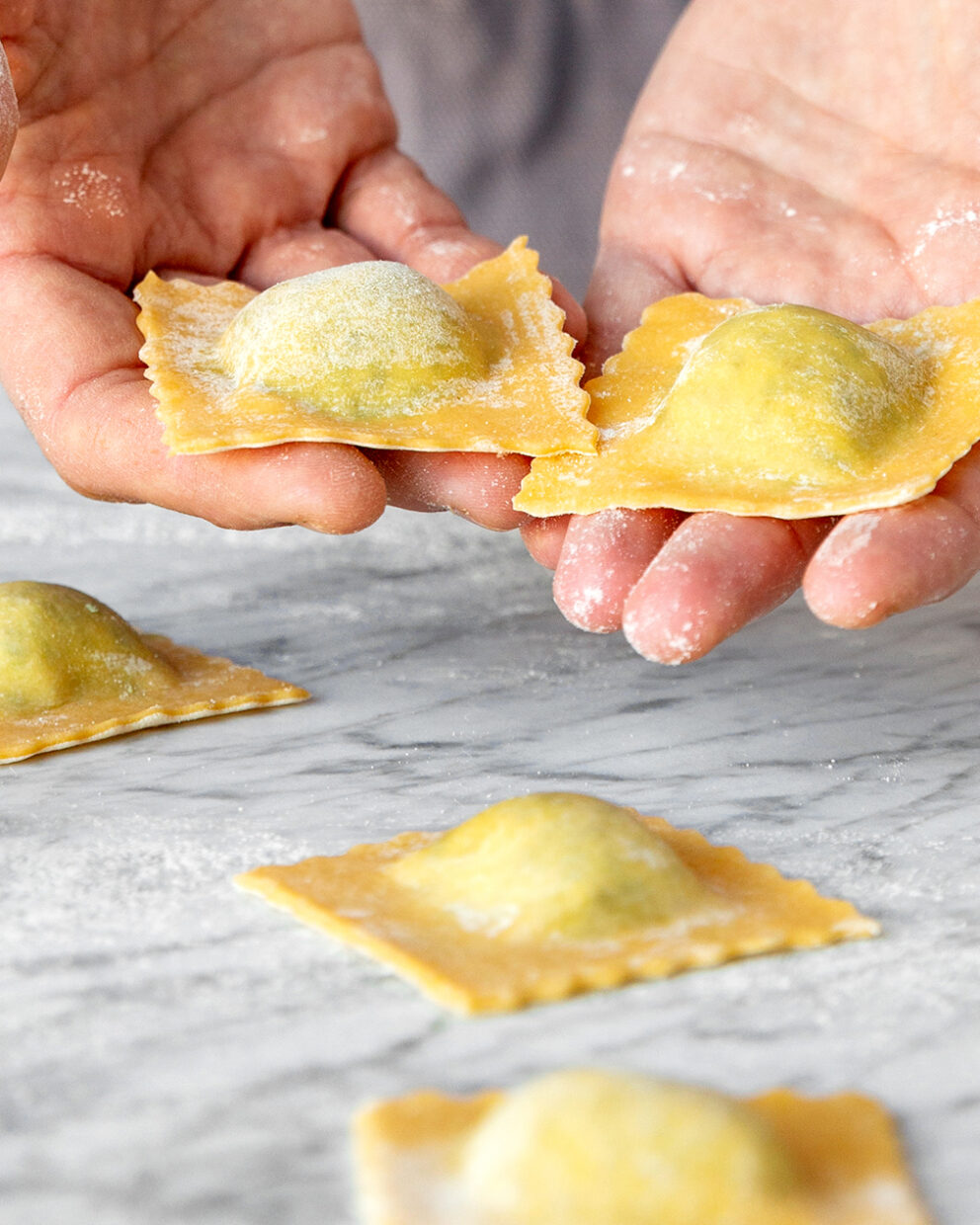
Want to share your thoughts? We're excited to hear what you think of the article. Tell us about your ideas, tips or questions! Leave a comment and share your knowledge with the community. Your opinion counts.
Write a comment